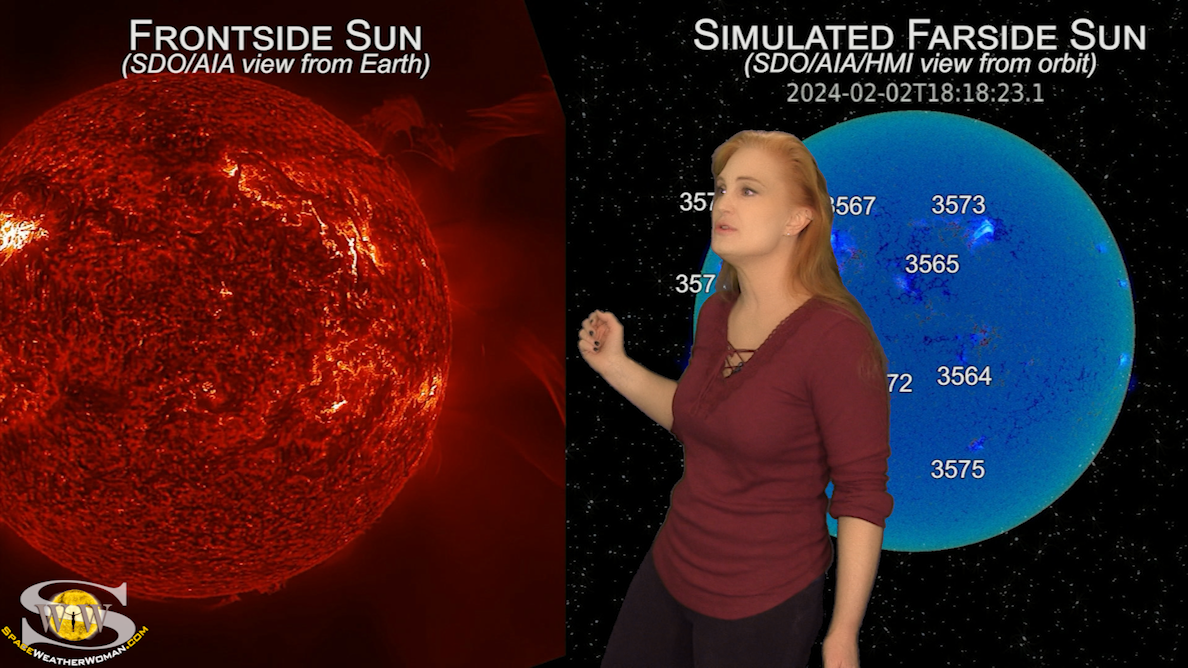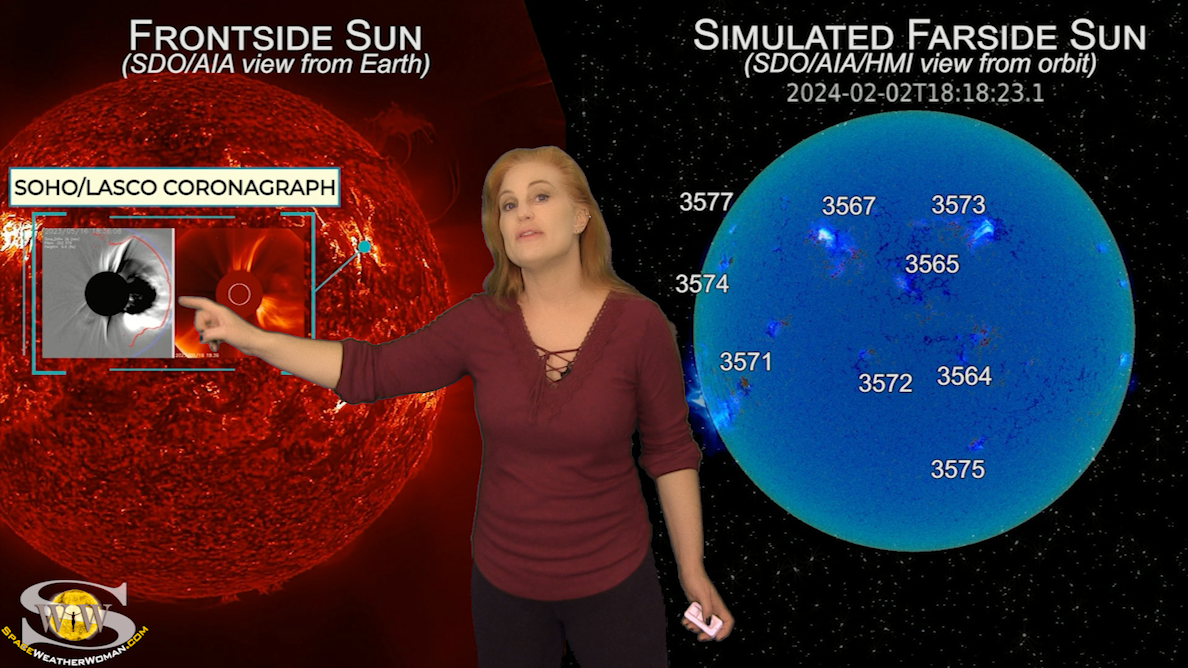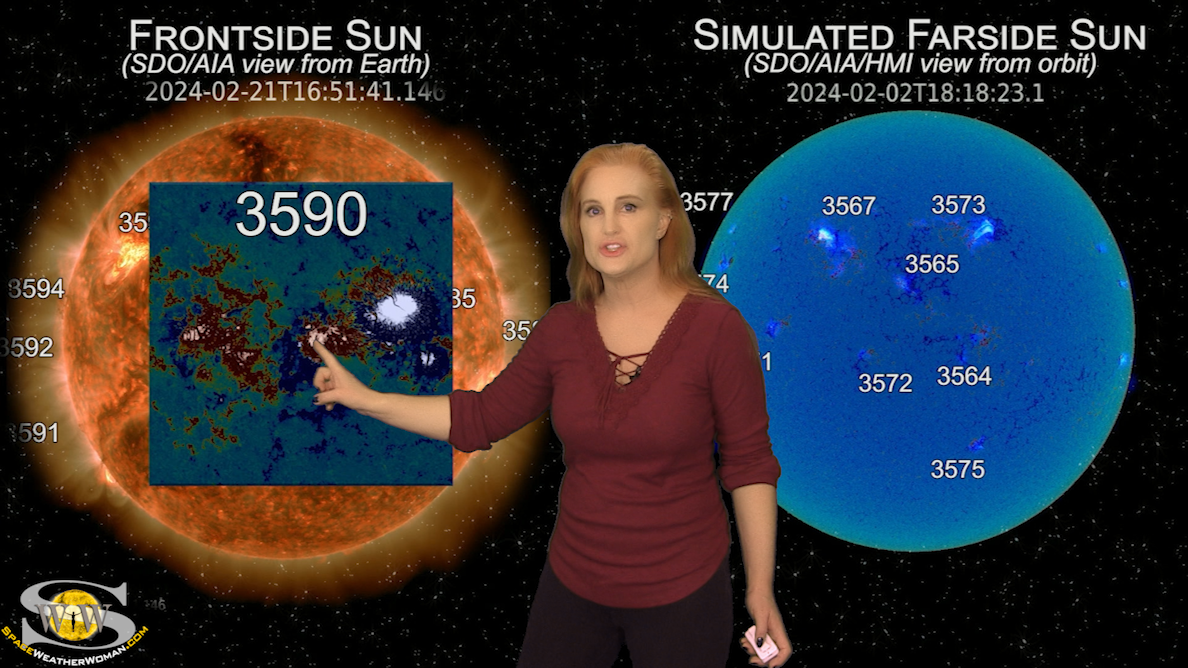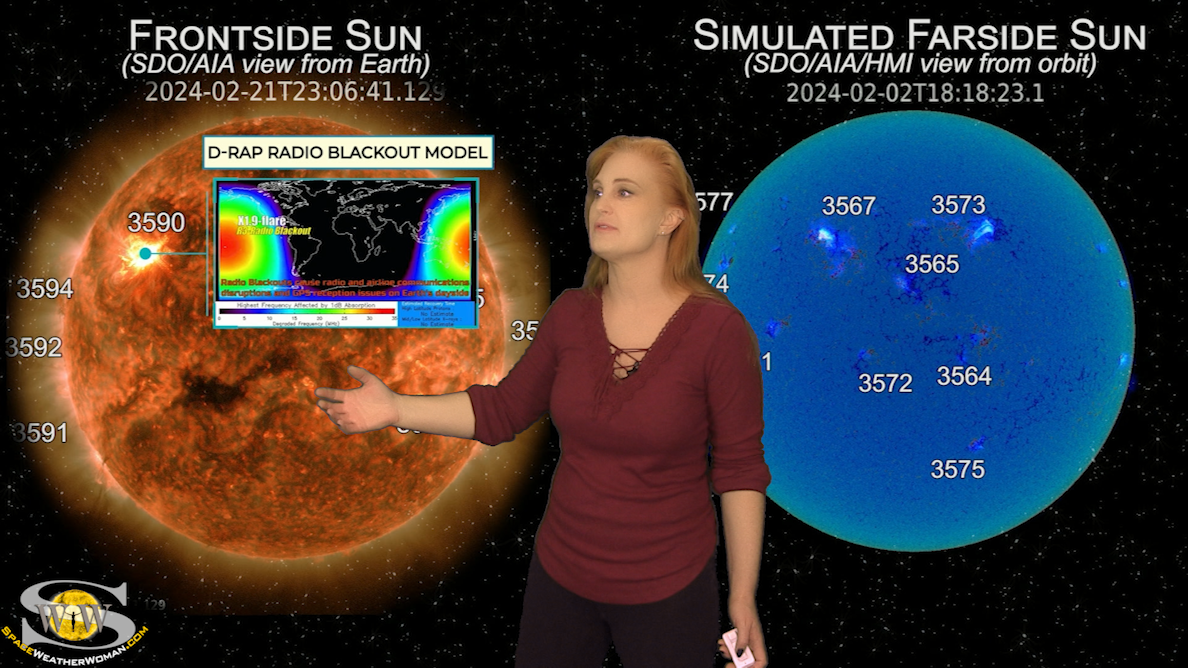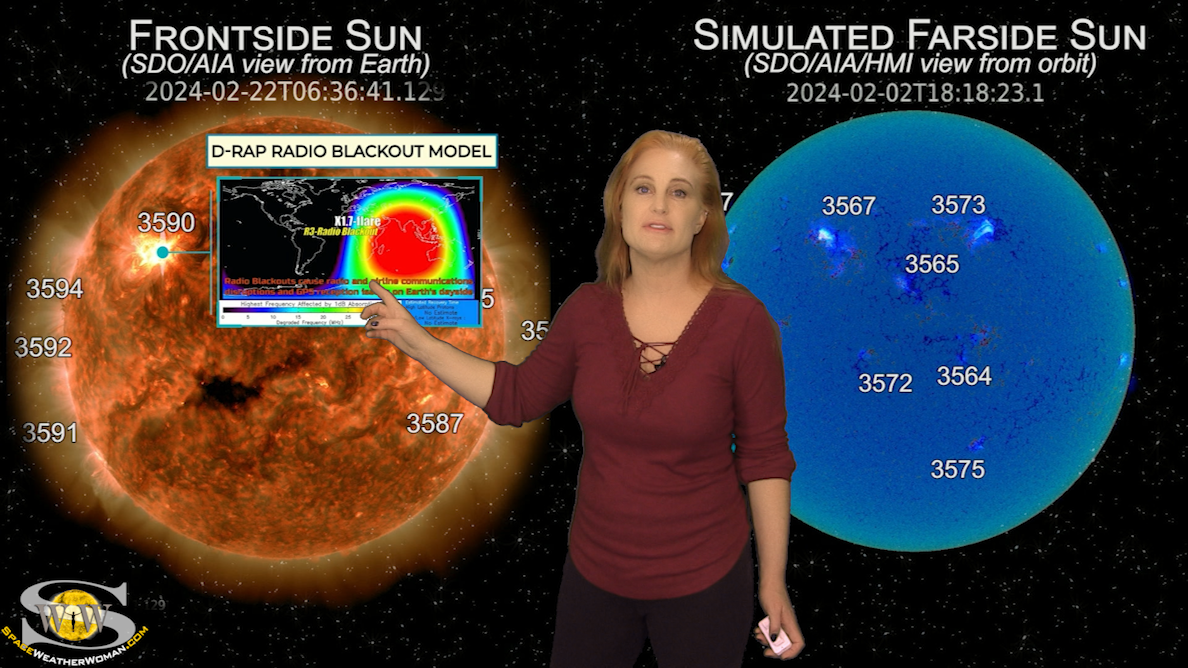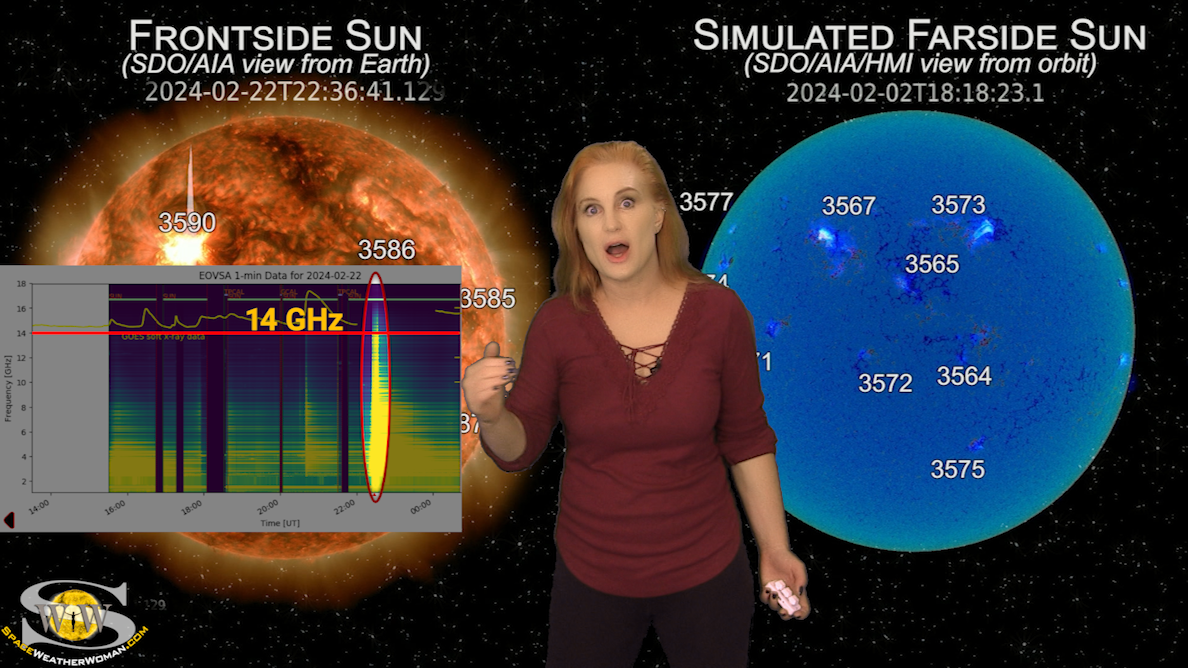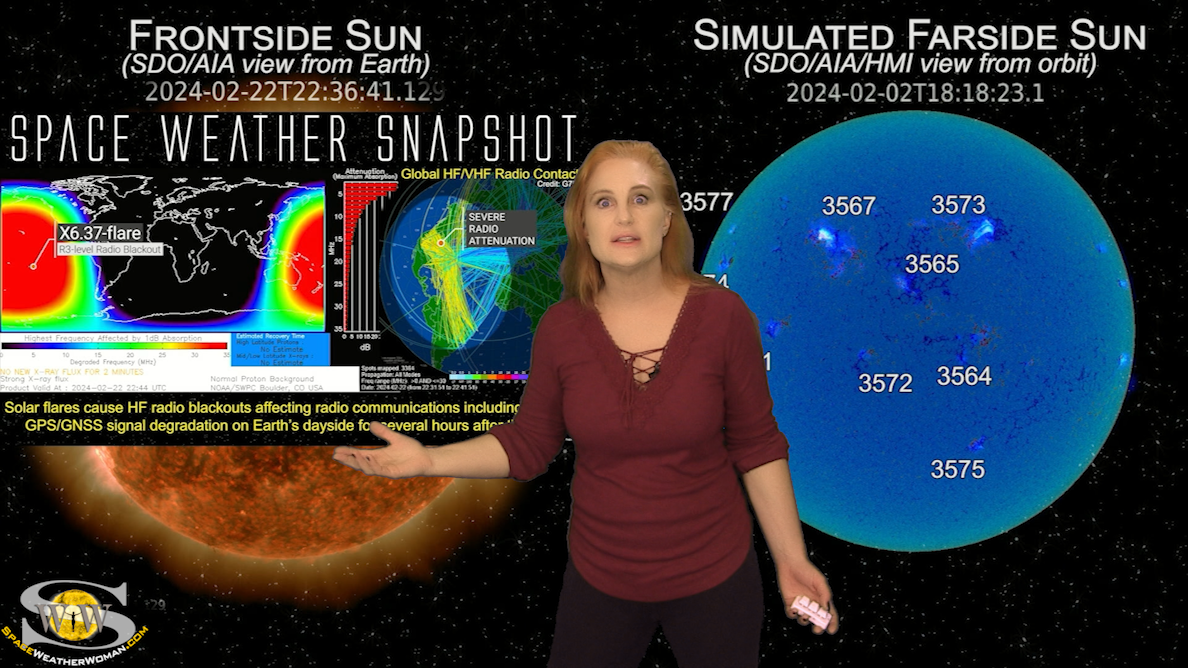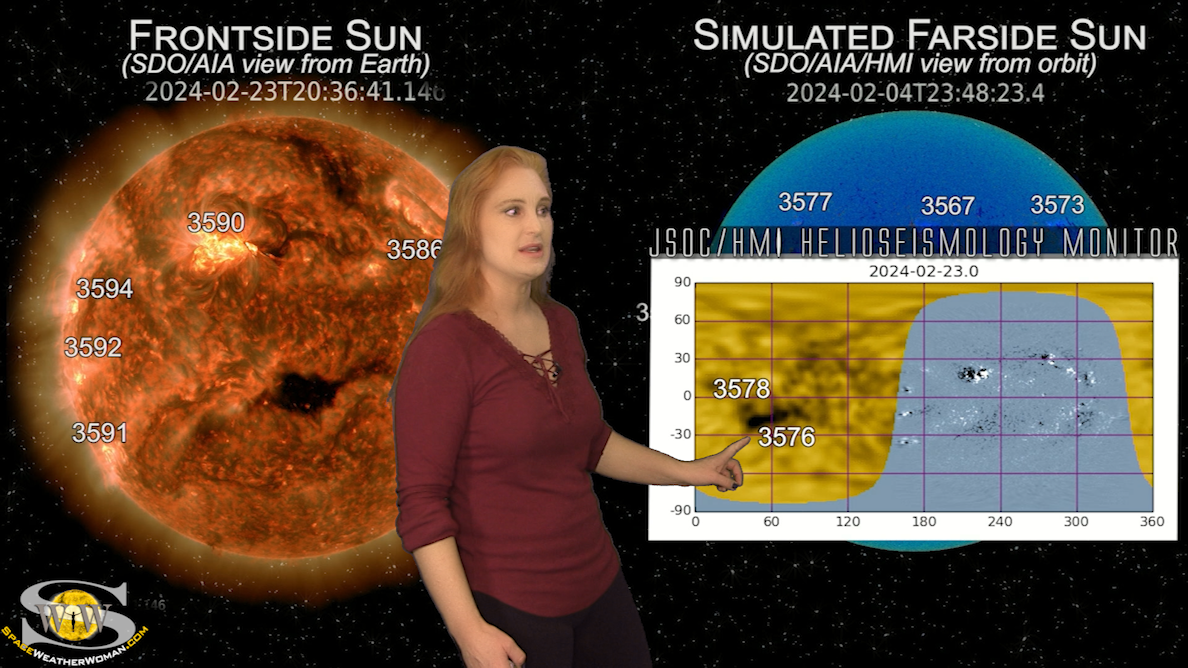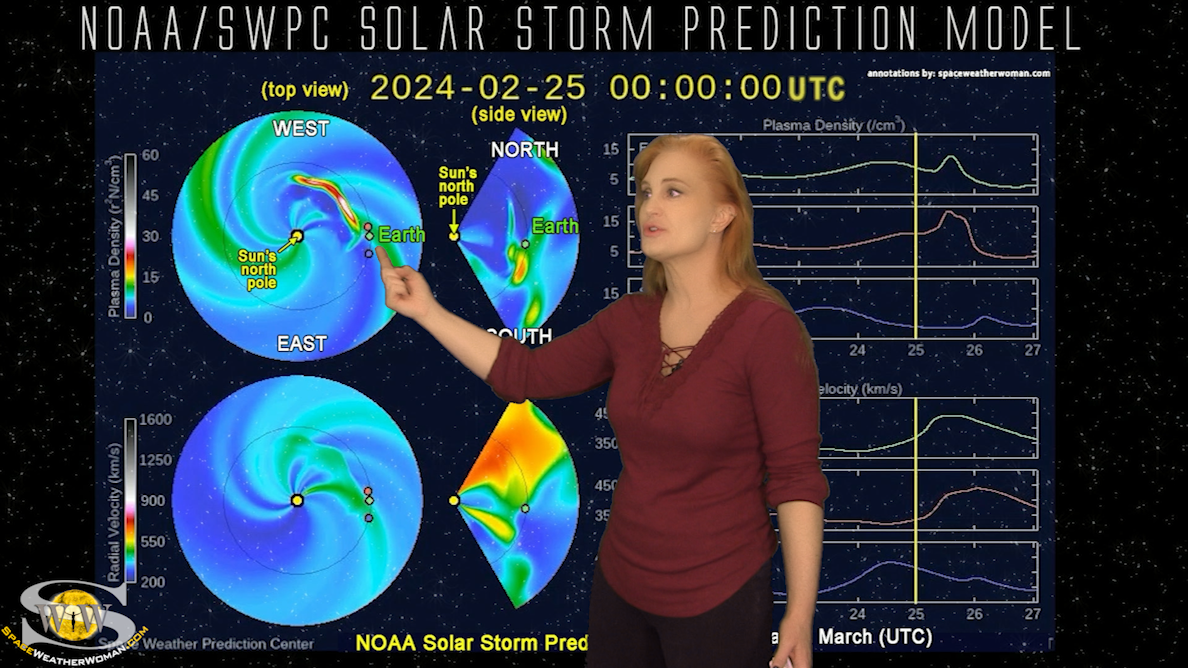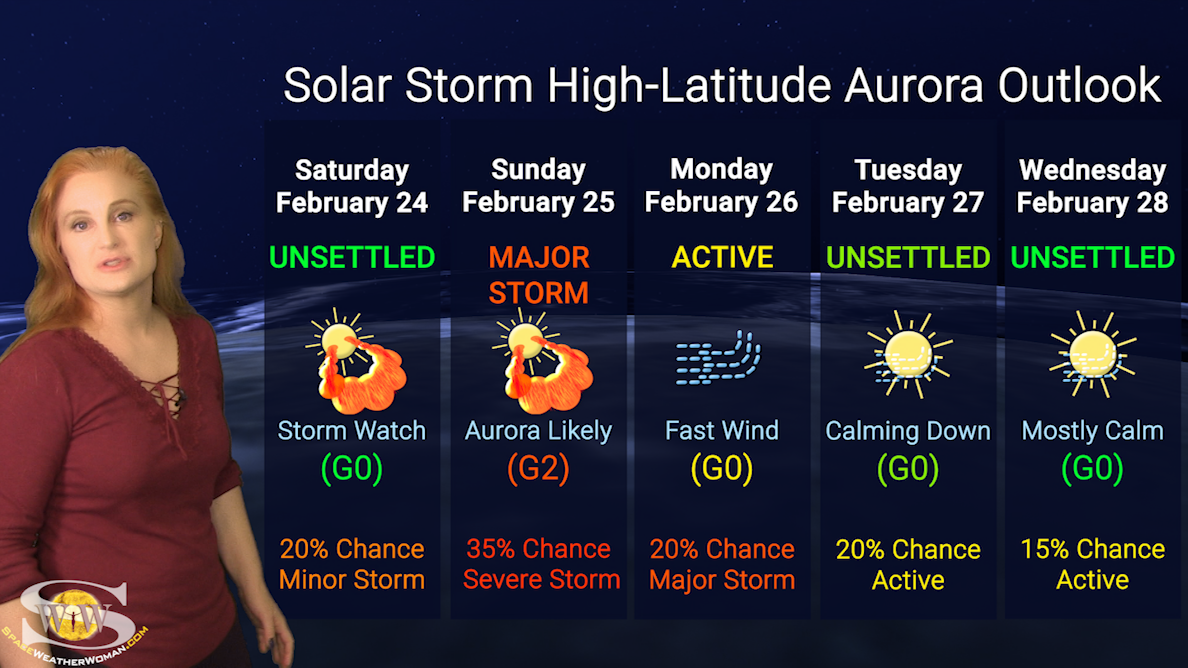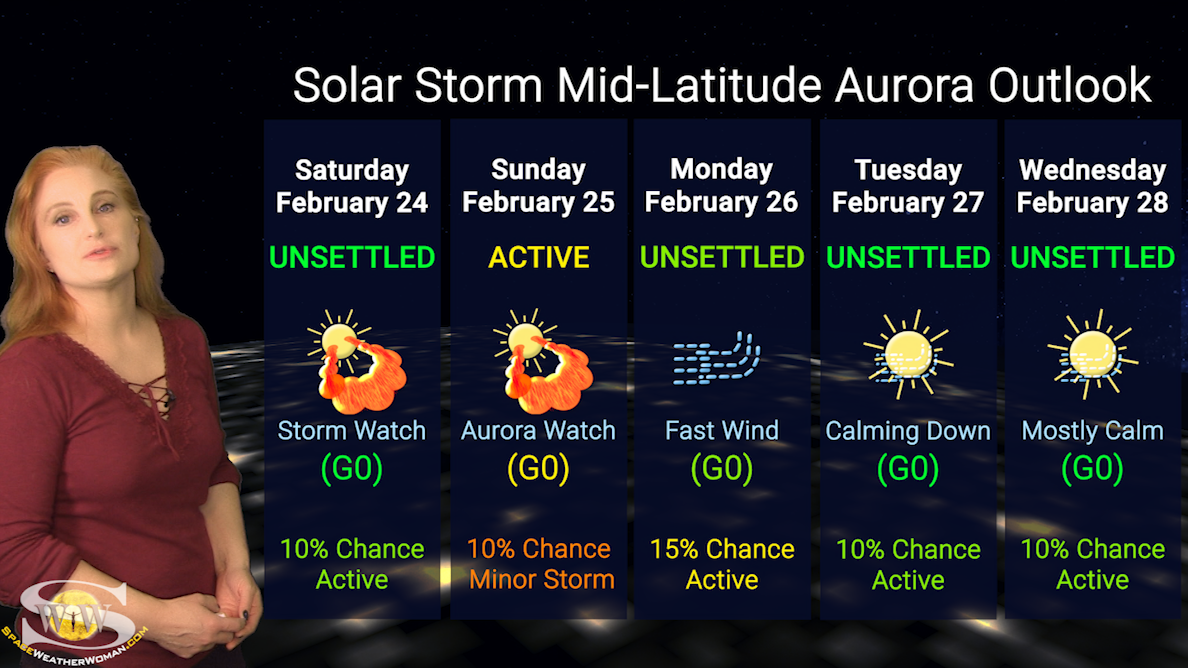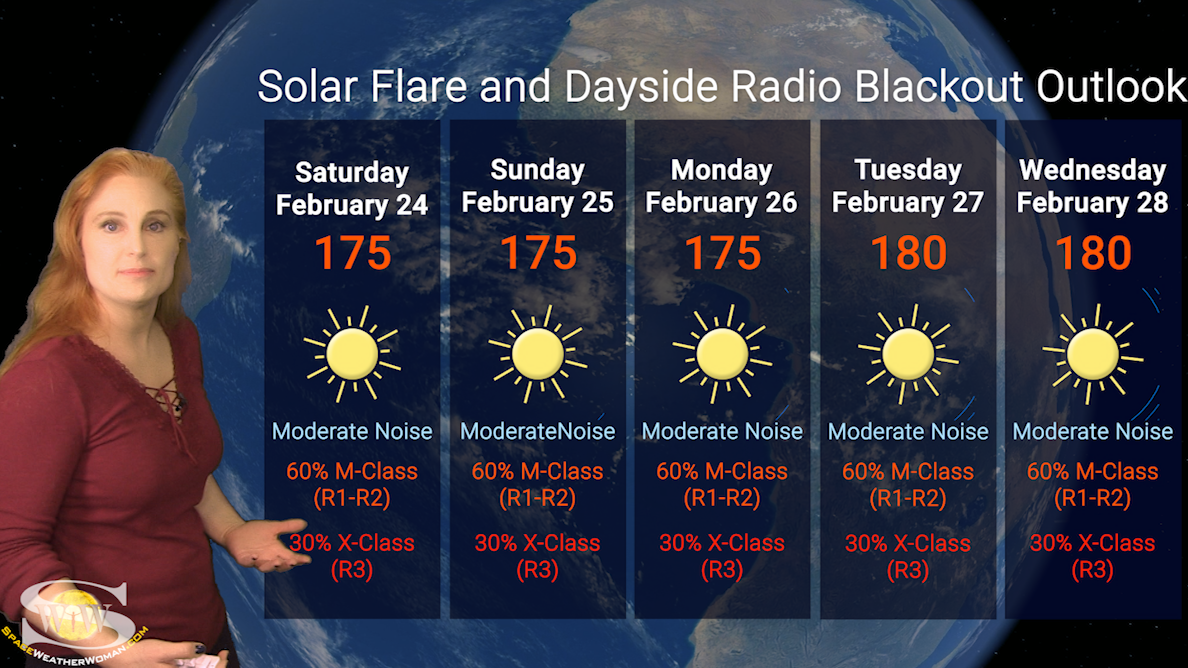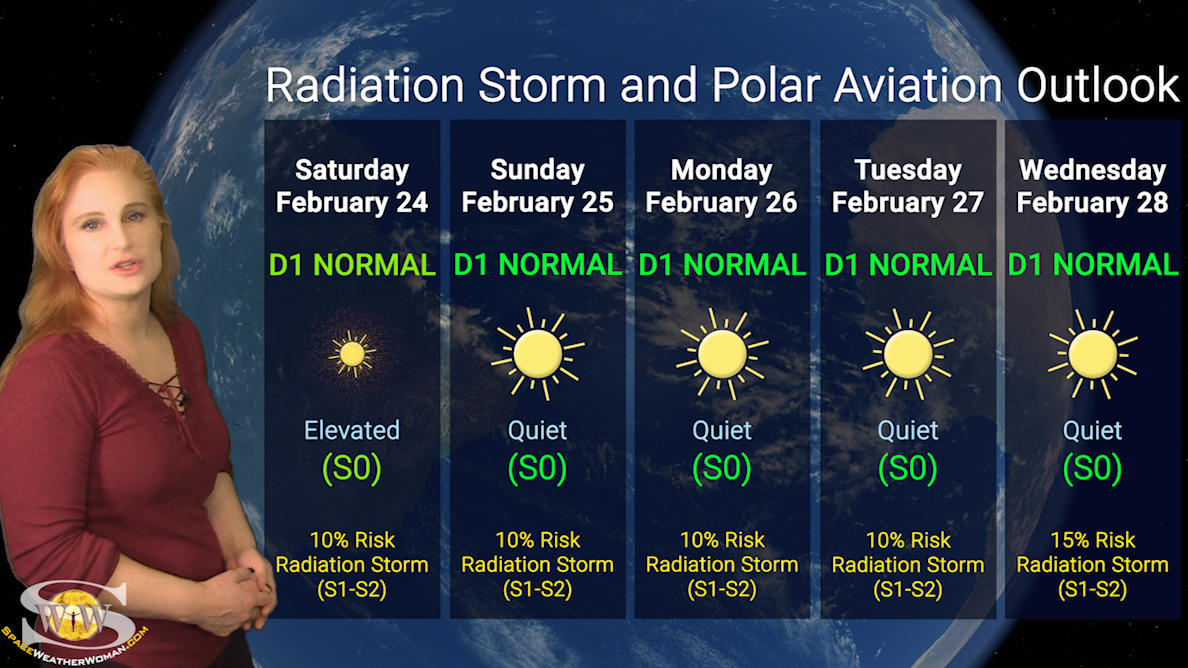Our Sun has gotten busy this week firing multiple X-class flares including the largest of this cycle thus far. All the noise is due to Region 3590, which has been actively firing flares even before it rotated into Earth view. Amateur radio operators, aviators, and GPS users are dealing with R2 and R3-level radio blackouts on Earth’s dayside and this trend will likely continue through the rest of this week. Despite all of its flaring, Region 3590 still has not launched any noteworthy solar storms (towards Earth or otherwise). The reason is likely due to it having no more overlying material to evacuate. It seems all of its overlying material was launched while the region was on the farside of the Sun. In other words, Region 3590’s “solar storm” gun has run out of bullets. At least for now. This means aurora photographers will have to settle for the weak filament eruption and fast solar wind chaser that will be hitting over the next couple days. (Early signs show the weak filament may be hitting Earth now). The combined effects could bring a little aurora down to mid-latitudes, but it will be sporadic and short-lived at best. Learn how Region 3590 can fire the largest flare of this solar cycle, yet shoot solar storm “blanks” at Earth, see the effects on radio communications with all of these radio blackouts, and find out what is in store with the expected, wispy solar storm.
Podcast: Play in new window | Download (Duration: 14:22 — 19.7MB)
Subscribe: Apple Podcasts | Spotify | RSS


